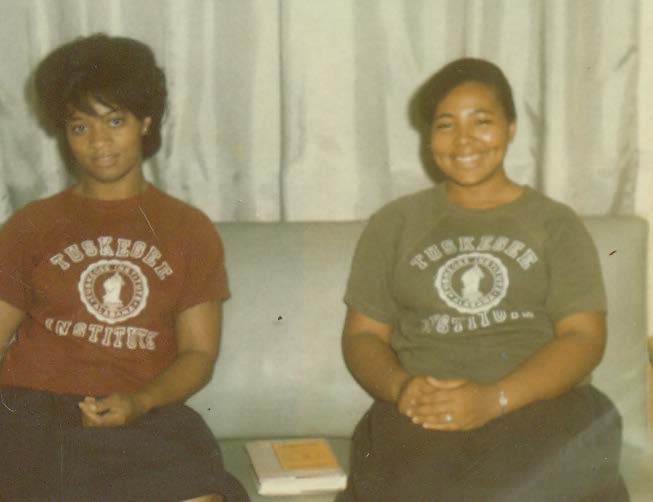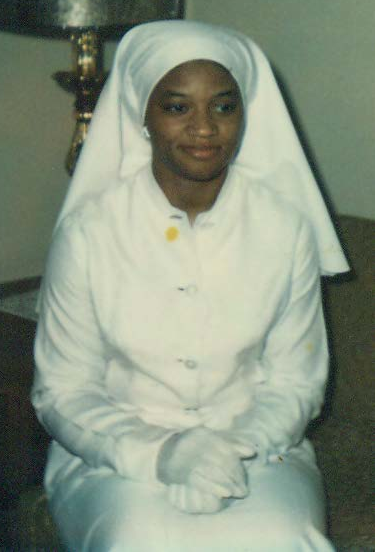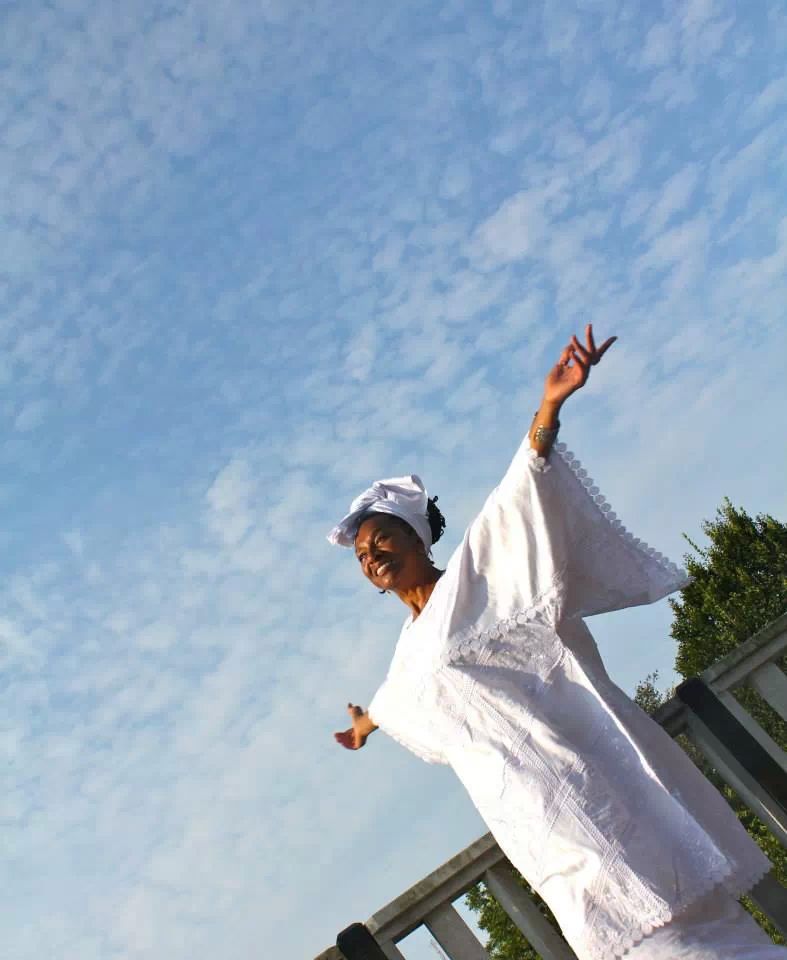MLK weekend in Atlanta, I participated in the ALIM Program for the first time. The theme for the winter program was Redefining Spaces, How is the mosque's role changing in the 21st century?
The topic of my class was "Gender and Third Spaces." Third space is the term popularly used to describe spaces functioning as alternatives to mosques. Third spaces are occupied by American Muslims who are dissatisfied with mosques and, as a result, seek other spaces to cultivate community and American Muslim identity. An example of a "third space" is MakeSpace.
Cultural gender practices in mosques, particularly barriers excluding women from the main prayer space, contribute greatly to making mosques alienating places. I guided the group to reflect on the way that mosques are gendered spaces in both cultural and religious ways, a point discussed in my first book. The fact that most African American mosques do not have gender barriers while immigrant mosques do, indicates the way in which culture shapes the mosque as a gendered space.
At the same time, there are ways in which almost all American mosques are gendered spaces because of common religious rulings and understandings. These include the religious ruling that only men can be imams. Also, the separation of men and women in worship--even without a physical barrier or wall--and distinct dress codes for men and women make the mosque a gendered space.
I challenged the group to set aside for a moment the popular idea of "third space" as a space alternative to the mosque and imagine third space in the way that it is generally theorized in anthropology. It is the space “in-between,” as Homi Bhabha describes it. It is the space where two distinct, and perhaps conflicting, cultures meet. Through this encounter, new identities and meanings are negotiated. It is considered a hybrid space, a space of negotiation, fruitful contestation, innovation, new and unexpected meanings.
As a space of negotiated creative expression, I argued that the mosque can in fact function as a third space, and does so for diverse American mosque communities. And at the same time, other spaces outside the mosques where Muslims of diverse ethnic backgrounds come together, not necessarily for religious purposes, function as third spaces.
My point was that even if we didn't have this problem of homogeneous, outdated mosque cultures, we would always have and need third spaces, not competing with the mosque, but enriching it.
I proposed a new definition of third spaces as it relates to American Muslims: Muslim spaces that are not necessarily created for religious purposes; more open to diverse identities and influences, including non-Muslims; share mosque membership, and can potentially influence and transform mosque spaces. IMAN is an example.
So instead of thinking of third spaces as alternative mosque spaces, we can think of them as critical spaces beyond the mosque that enrich mosque life. In this way, we recognize that the mosque is a vital space that should not be replaced by other spaces, which means that we feel a sense of urgency to make the mosque a culturally relevant space of belonging. At the same time, we recognize the importance of spaces beyond the home and mosque that cultivate other parts of our identities as human beings, that make Muslims relevant in the larger society, and that influence mosque life.
From this perspective, the phenomenon of the unmosqued is not necessarily a problem. It’s not surprising. It’s a natural, organic process by which new identities are emerging at the interface of multiple cultural locations and demanding new cultural expressions. As a result, these encounters are impacting and changing the other spaces in which we occupy. Third spaces include Muslim schools, Muslim restaurants, Muslim media, or any ummah spaces as I discuss in my book.
I ended the discussion by describing why I believe third spaces are critical: They bring BALANCE. Remember, I told the group, we discussed the ways in which the mosque is a gendered space for religious reasons. One of them is that the imam is a male. The imam has a tremendous amount of influence because he offers the weekly Friday sermon. This means that men will always have an advantage in mosque space, no matter how creative or progressive we are in cultivating women's leadership in mosques. (And we must do everything we can to cultivate women's leadership in mosques.)
However, think about this, I continued. I'm raising and homeschooling three boys. Who has the advantage in that space?
I shared the cute story of my preparing for my ALIM talk at home and one of my son's asking if I was preparing a speech for Azizah Magazine. I answered that I was preparing for ALIM. His response: "What is an ALIM?" The point is that Azizah Magazine is the familiar reference for my son because I talk about Azizah Magazine. When I prepared my speech for a tribute to Tayyibah Taylor, he heard me recite it over and over again. I have the greatest influence on him at this stage of his life.
Third spaces bring balance because in the home, in schools, in media, in businesses, and other ummah spaces, American Muslim women are vocal leaders and often leaders of men. (And, yes, I reject the idea that men are natural or superior leaders.)
After sharing this, I finally really, really understood why women in the WDM community, women that I write about in my second book, do not have a problem with the fact that only men are imams.
I hope to discuss this more another time and also share the story of Aminah Hamidullah, an amazing woman in the WDM community whom I highlighted in my second class at ALIM. Aminah's story is a model of how we can enrich mosque life via women's leadership and the creative, negotiated expression of third space.
The topic of my class was "Gender and Third Spaces." Third space is the term popularly used to describe spaces functioning as alternatives to mosques. Third spaces are occupied by American Muslims who are dissatisfied with mosques and, as a result, seek other spaces to cultivate community and American Muslim identity. An example of a "third space" is MakeSpace.
Cultural gender practices in mosques, particularly barriers excluding women from the main prayer space, contribute greatly to making mosques alienating places. I guided the group to reflect on the way that mosques are gendered spaces in both cultural and religious ways, a point discussed in my first book. The fact that most African American mosques do not have gender barriers while immigrant mosques do, indicates the way in which culture shapes the mosque as a gendered space.
At the same time, there are ways in which almost all American mosques are gendered spaces because of common religious rulings and understandings. These include the religious ruling that only men can be imams. Also, the separation of men and women in worship--even without a physical barrier or wall--and distinct dress codes for men and women make the mosque a gendered space.
I challenged the group to set aside for a moment the popular idea of "third space" as a space alternative to the mosque and imagine third space in the way that it is generally theorized in anthropology. It is the space “in-between,” as Homi Bhabha describes it. It is the space where two distinct, and perhaps conflicting, cultures meet. Through this encounter, new identities and meanings are negotiated. It is considered a hybrid space, a space of negotiation, fruitful contestation, innovation, new and unexpected meanings.
As a space of negotiated creative expression, I argued that the mosque can in fact function as a third space, and does so for diverse American mosque communities. And at the same time, other spaces outside the mosques where Muslims of diverse ethnic backgrounds come together, not necessarily for religious purposes, function as third spaces.
My point was that even if we didn't have this problem of homogeneous, outdated mosque cultures, we would always have and need third spaces, not competing with the mosque, but enriching it.
I proposed a new definition of third spaces as it relates to American Muslims: Muslim spaces that are not necessarily created for religious purposes; more open to diverse identities and influences, including non-Muslims; share mosque membership, and can potentially influence and transform mosque spaces. IMAN is an example.
So instead of thinking of third spaces as alternative mosque spaces, we can think of them as critical spaces beyond the mosque that enrich mosque life. In this way, we recognize that the mosque is a vital space that should not be replaced by other spaces, which means that we feel a sense of urgency to make the mosque a culturally relevant space of belonging. At the same time, we recognize the importance of spaces beyond the home and mosque that cultivate other parts of our identities as human beings, that make Muslims relevant in the larger society, and that influence mosque life.
From this perspective, the phenomenon of the unmosqued is not necessarily a problem. It’s not surprising. It’s a natural, organic process by which new identities are emerging at the interface of multiple cultural locations and demanding new cultural expressions. As a result, these encounters are impacting and changing the other spaces in which we occupy. Third spaces include Muslim schools, Muslim restaurants, Muslim media, or any ummah spaces as I discuss in my book.
I ended the discussion by describing why I believe third spaces are critical: They bring BALANCE. Remember, I told the group, we discussed the ways in which the mosque is a gendered space for religious reasons. One of them is that the imam is a male. The imam has a tremendous amount of influence because he offers the weekly Friday sermon. This means that men will always have an advantage in mosque space, no matter how creative or progressive we are in cultivating women's leadership in mosques. (And we must do everything we can to cultivate women's leadership in mosques.)
However, think about this, I continued. I'm raising and homeschooling three boys. Who has the advantage in that space?
I shared the cute story of my preparing for my ALIM talk at home and one of my son's asking if I was preparing a speech for Azizah Magazine. I answered that I was preparing for ALIM. His response: "What is an ALIM?" The point is that Azizah Magazine is the familiar reference for my son because I talk about Azizah Magazine. When I prepared my speech for a tribute to Tayyibah Taylor, he heard me recite it over and over again. I have the greatest influence on him at this stage of his life.
Third spaces bring balance because in the home, in schools, in media, in businesses, and other ummah spaces, American Muslim women are vocal leaders and often leaders of men. (And, yes, I reject the idea that men are natural or superior leaders.)
After sharing this, I finally really, really understood why women in the WDM community, women that I write about in my second book, do not have a problem with the fact that only men are imams.
I hope to discuss this more another time and also share the story of Aminah Hamidullah, an amazing woman in the WDM community whom I highlighted in my second class at ALIM. Aminah's story is a model of how we can enrich mosque life via women's leadership and the creative, negotiated expression of third space.








